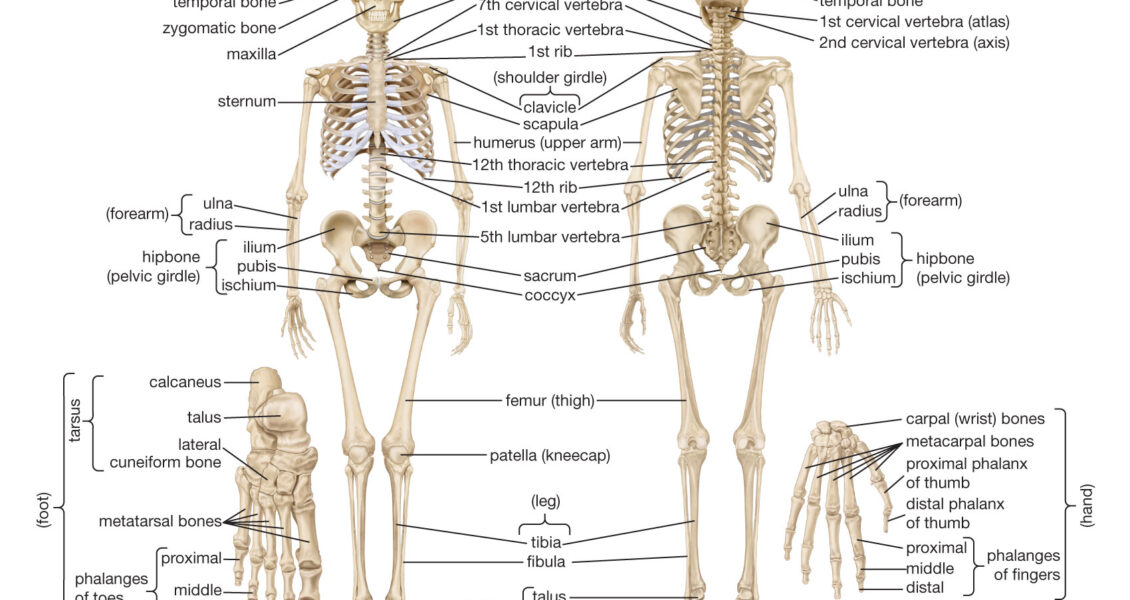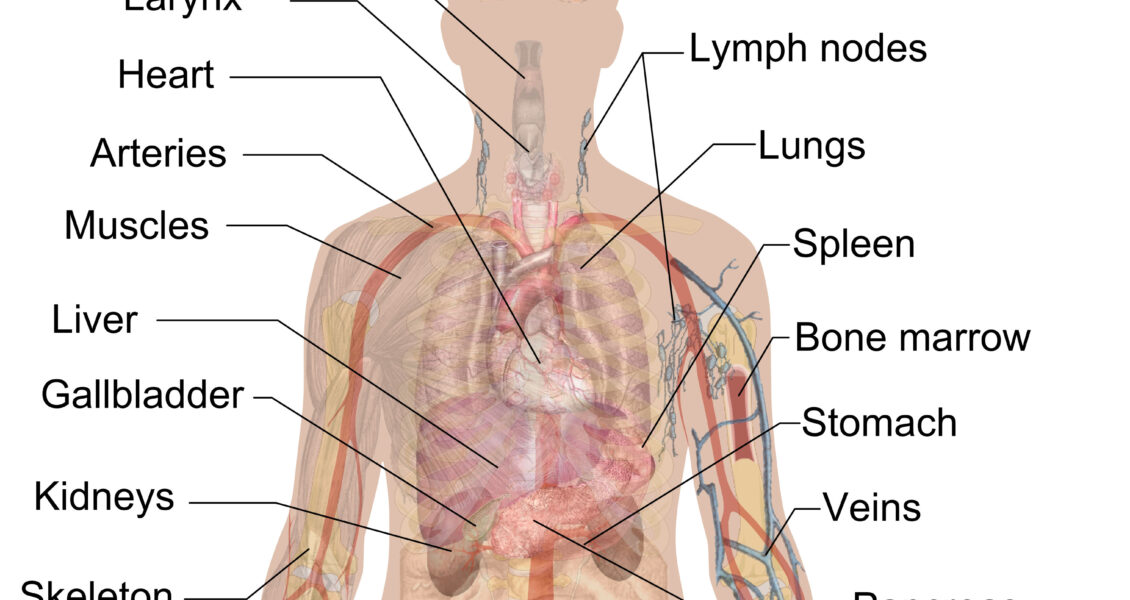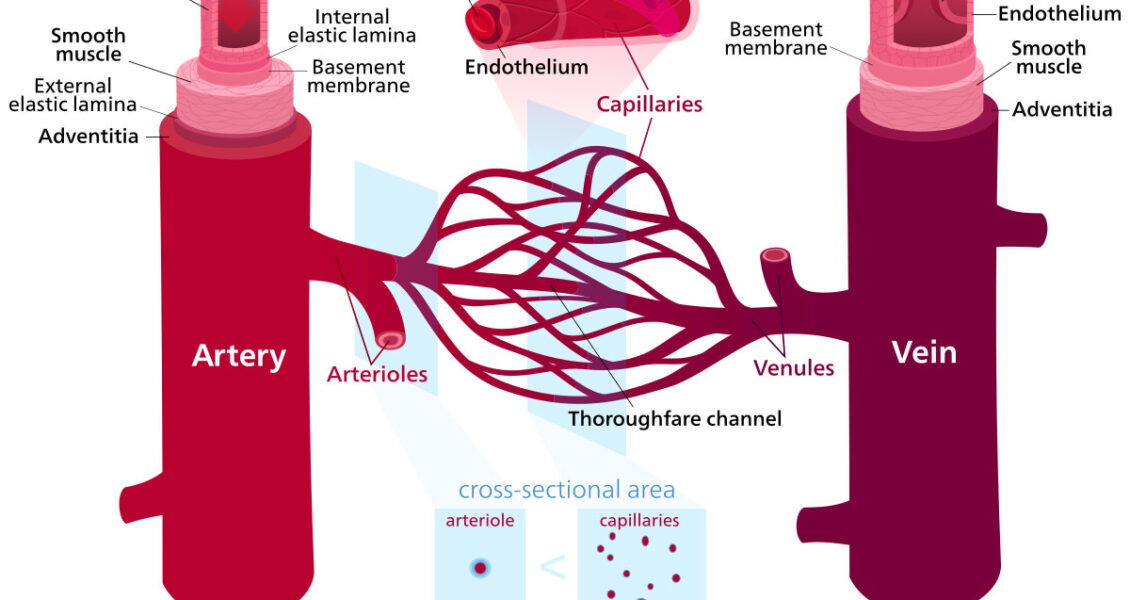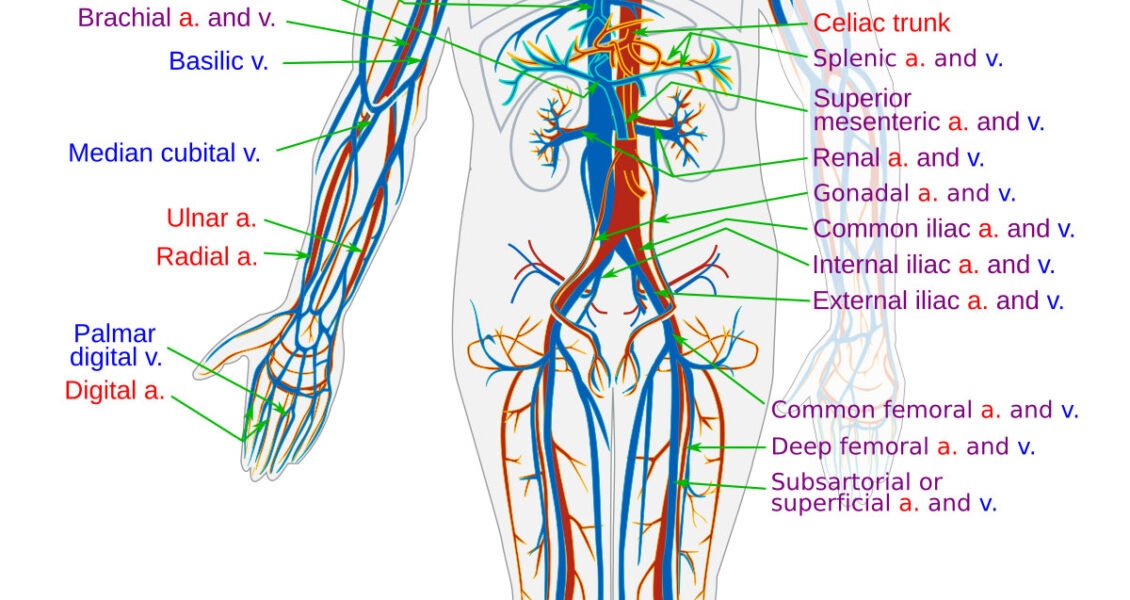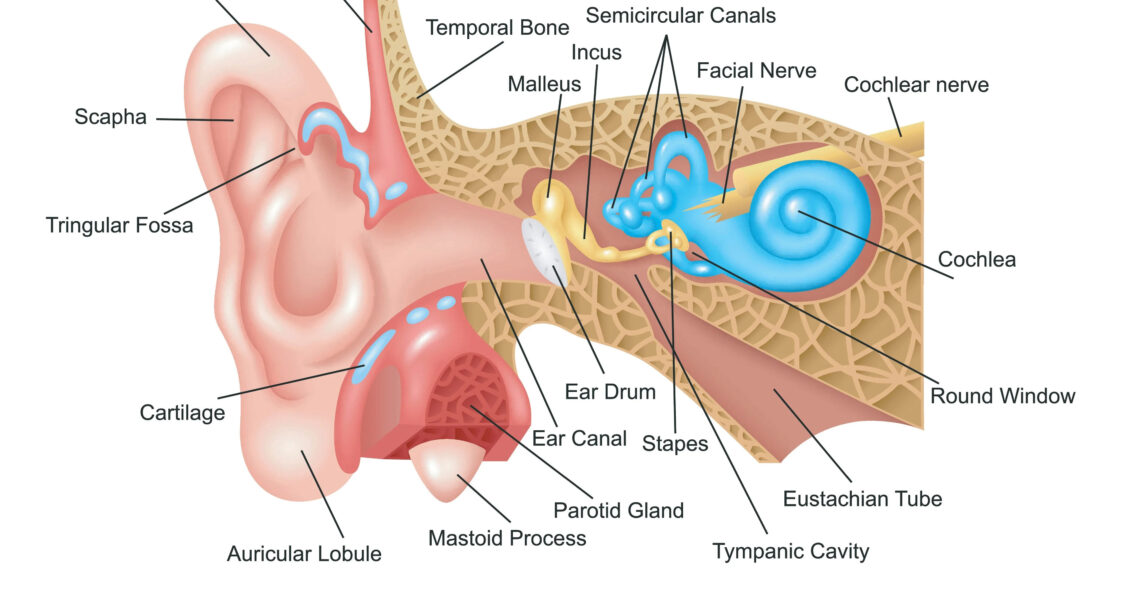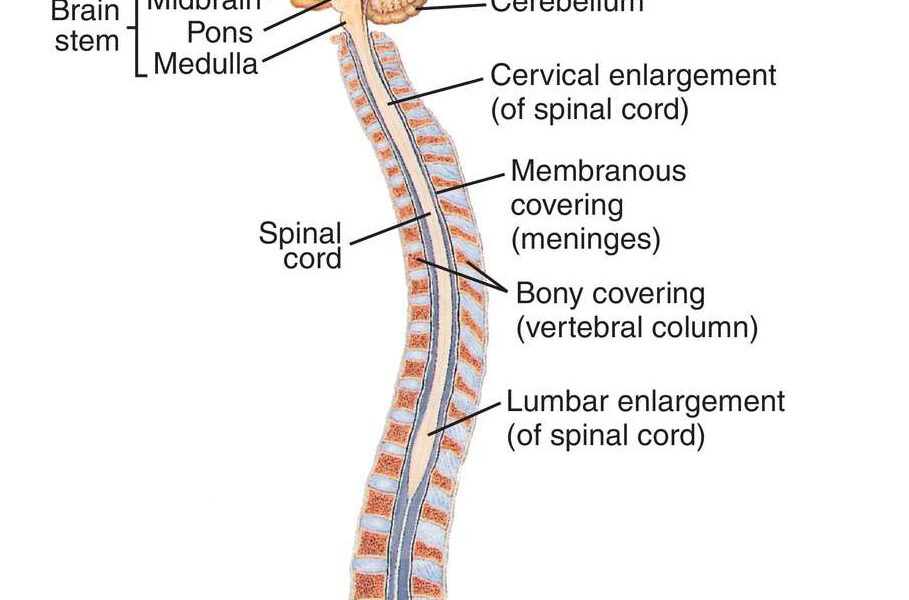Human skeleton
A human skeleton diagram typically includes the following bones and regions with their corresponding points: Skull – composed of cranial and facial bones Spine or vertebral column – composed of vertebrae, including the cervical, thoracic,…
